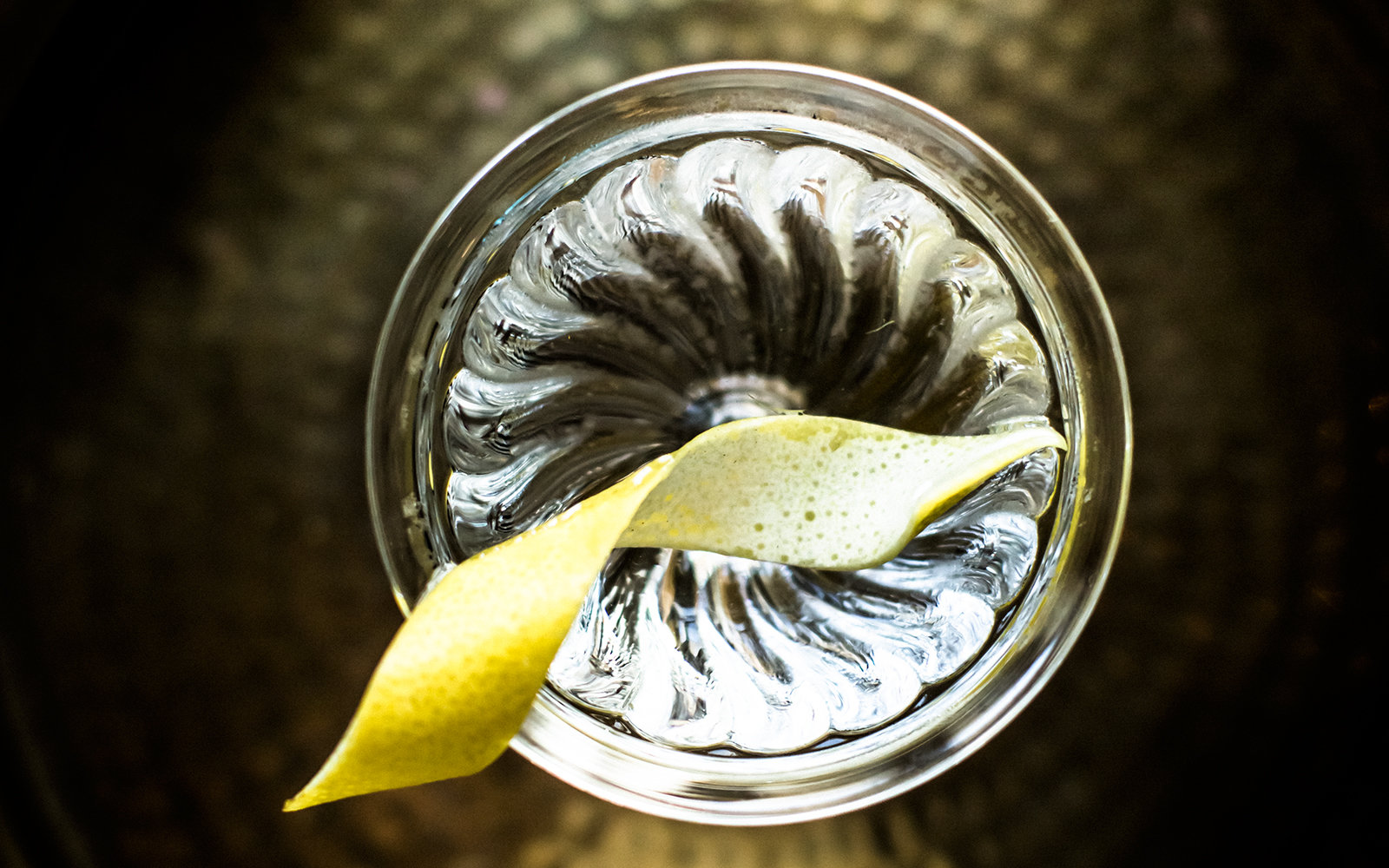
Now that handcrafted cocktails and smartly dressed mixologists are de rigueur in clubs and lounges around the world, a number of cities are advancing their after-hours scenes in unexpected and inventive ways. From Cape Town, with its techno temples, to Havana and its homegrown bars, we’ve targeted four urban centers with the most exciting nightlife right now—and the best ways to experience them. Plus: the global drinking trends that you’ll want to raise a glass to. Cheers!
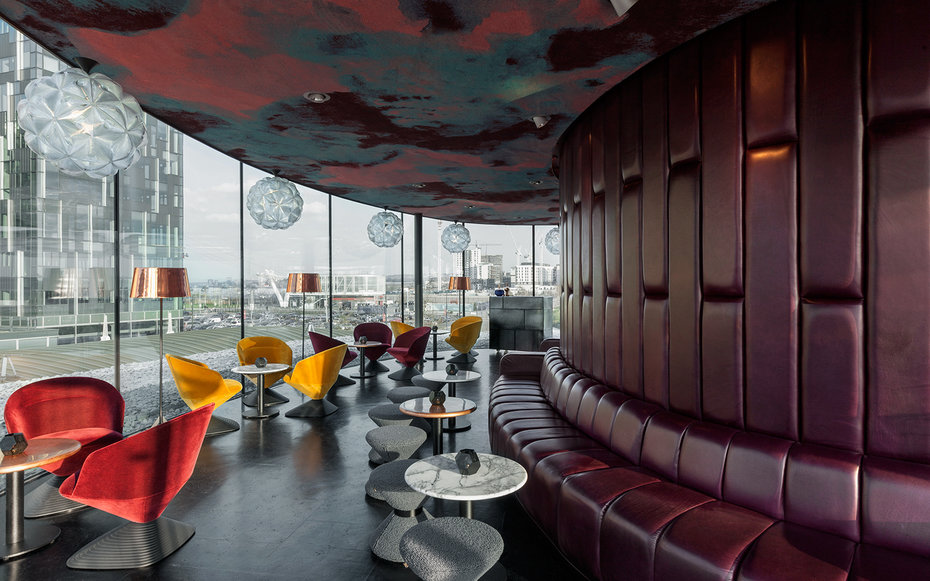
With plans for the city’s 24-hour weekend Tube service nearly finalized, the days of downing a pint and racing for the last train home at 11:45 are almost over. Take the Underground to these hot spots for a night of partying into the wee hours.
Chances are, unless you’ve visited the O2 Arena, you’ve never thought of partying in Greenwich before—it is, after all, at least a £40 cab ride from anywhere. Save your pounds and hop the Jubilee Line to kick-start your evening at Craft London, celebrated chef Stevie Parle’s latest venture. The Tom Dixon–designed space is rich and sexy, all copper, tweed, and limestone, with impressive views of the city. Parle uses almost exclusively local produce in his New British menu, which includes such dishes as langoustines with lardo and clay-baked duck with broad-bean-and-barley “miso.” While you’re in the area, don’t pass up a visit to Meantime Brewery Tasting Rooms. Sample four of its 10 brews with a flight poured straight from the maturation tanks and kegs.
Shoreditch residents have been able to keep the intimate, subterranean bar Joyeux Bordel off the radar since the four French gents of Paris’s Experimental Cocktail Club opened it in April. With the Tube’s coming late schedule, the place will no longer be a neighborhood secret. Hop the train to Shoreditch High Street station and linger over champagne cocktails and cheeky libations like the Jolly Mess, made with rye, cardamom, and dark-chocolate liqueur. How does an ox-cheek doughnut with a view sound after midnight? Setting the trend for round-the-clock dining when it opened in 2012, Duck & Waffle is by far London’s most exclusive 24-hour restaurant, 40 floors up in the Heron Tower (at Liverpool Street station). Go for the popular namesake dish, paired with a rhubarb spritz. New York City’s Hotel Chantelle has hopped the pond, bringing late-night fun and French and American fare to Marylebone (near Bond Street station). Though the name might suggest otherwise, this is a restaurant and bar; it’s open until 2 a.m. for dinner and until 3 a.m. for drinks.
Still have some stamina? Hotels are adapting to the prospect of the new Tube, too. The second Zetter Townhouse, the sister to the Clerkenwell original, landed this summer in Marylebone (near Marble Arch station). It’s a 24-bedroom Georgian town house with zany panache, elegant bathrooms, a private roof terrace, and a cozy parlor, where master mixer Tony Conigliaro makes decadent cock- tails—try Le Sphinx, with orange neroli honey, ambrette bitters, and champagne. The bar might close at 1 a.m., but hotel guests can sip Conigliaro’s premixed cocktails—they’re in the mini-bar. Or skip over to St. Martins Lane, London’s original boutique hotel (Embankment station), which recently introduced Blind Spot, a glistening cocktail lounge. It’s the perfect spot for a nightcap before you stumble upstairs and sleep it off until noon.
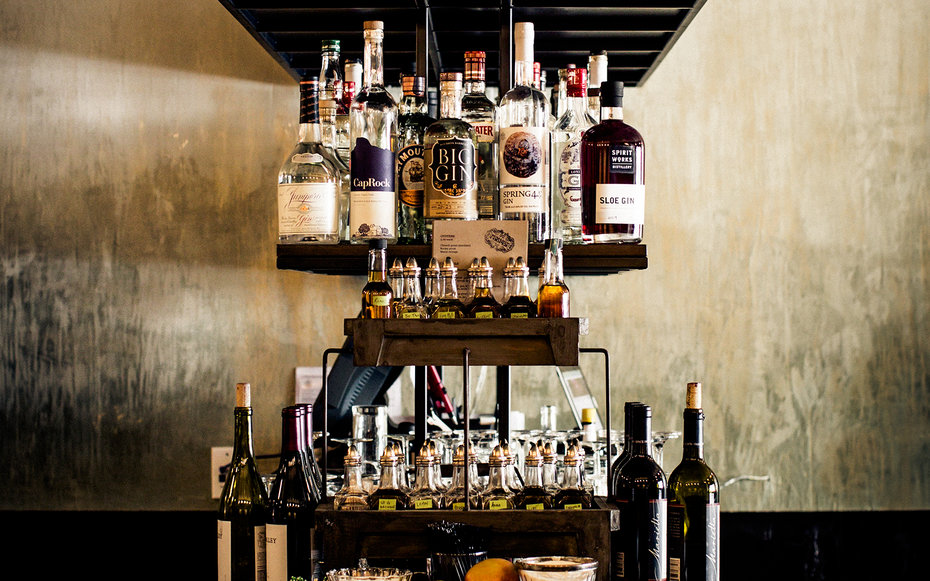
Morgan Schick and his team, the Bon Vivants, helped usher in a new era of the city’s nightlife with Trick Dog, the Mission’s go-to cocktail bar. We asked him about the group’s newest project—and other favorite bars in town.
In June, the Bon Vivants relaunched the historic hangout in the Swedish American Hall—“an homage to old nightlife,” Schick describes it—complete with oyster-shell-infused martinis, live music, and a turn-of-the-century vibe. cafedunord.com.
This vintage industrial space hidden inside Union Square’s Hotel G opened in March to much acclaim. The cocktail list includes the Swarthy Gentleman, with rye, rum, sherry, coffee, chocolate, and bitters. Schick goes for the dealer’s choice and surrenders his fate to the bartender.
A few blocks from Trick Dog, this bar has a chill atmosphere, cult spirits, and inventive food, none of which requires a fork. Try the bite-size grilled octopus or the kimchi fritter.
This Civic Center bar is the ultimate spot for a piña colada or a flaming cocktail. A favorite of Schick’s bartender buddies, the watering hole is full of the kitschy tiki finds that owner Martin Cate has been collecting for years.
This South of Market bar is beloved for its sleek design—wood from reclaimed whiskey barrels, hanging glass sculptures— and novel cocktail menu filled with reimagined Caribbean classics like the dark-rum swizzle and planter’s punch.
Schick likes to get a martini at Stookey’s, which opened earlier this year. The Nob Hill space combines 1930s décor— a framed portrait of FDR hangs on the wall—with eco-friendly touches like biodegradable floors made from burlap and linseed oil.
The old-school dive bar has been frequented by poets, beatnik holdovers, longshoremen, and misfits since it opened in 1968. Owner Richard “Specs” Simmons, who lives nearby, keeps his North Beach hideaway looking much the same as it did in Ginsberg’s day. 12 William Saroyan Place; 415-421-4112.
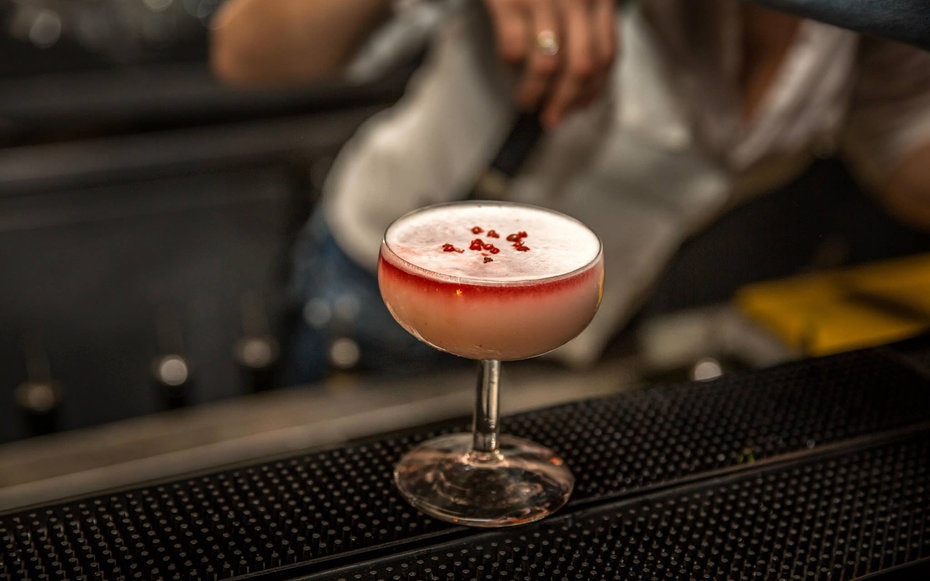
For years, much of Cape Town’s Central Business District was fairly quiet after business hours—but no longer. Along Bree and Loop Streets, these clubs keep the CBD humming well past sunset.
Vintage glam is what's on tap at this Victorianesque, speakeasy-style bar: a chandelier strung with old keys, oil lamps, and waistcoated barmen theatrically presenting retro cocktails, like the rum-based Daddy Warbucks.
The newest kid on the lively 200 block of Bree Street opened in late June. Come early to the intimate bar on Taco Tuesdays for some of the best Mexican dishes in Cape Town—paired with Don Julio tequila.
Gin Bar Connoisseurs looking for something new can strike up a conversation with the knowledgeable bartenders. They’ll help you choose among more than 150 gin offerings, sourced from places ranging from the American South to South Africa.
In June, popular scarlet-toned rooftop bar Tjing Tjing introduced Torii, its blue-hued sister lounge downstairs, with sumptuous velvet furniture and kicky Pop art murals that draw a sophisticated after-work crowd.
Part café, part motorcycle shop, part men’s-wear emporium, the dark space becomes a live-music venue after dark, showcasing popular local acts in a bar packed with revelers.
One of Cape Town’s most vaunted clubs, Coco added another spot next door with the August opening of VIP-heavy GoldBar. Expect to rub elbows with South African luminaries while grooving to a rotating roster of global DJs.
The futuristic design here sets the stage for one of the best electronica scenes in South Africa. Spend the night dancing to international DJs in a techno temple with walls and ceilings of flashing LED lights.
Lines running along Loop Street have been a common sight ever since the Village Idiot opened in May. If you make it inside, join locals swaying to live music on the balcony and by the pool table, or making the acquaintance of the Village Idiot himself: Oskar, the stuffed ostrich presiding over the bar.
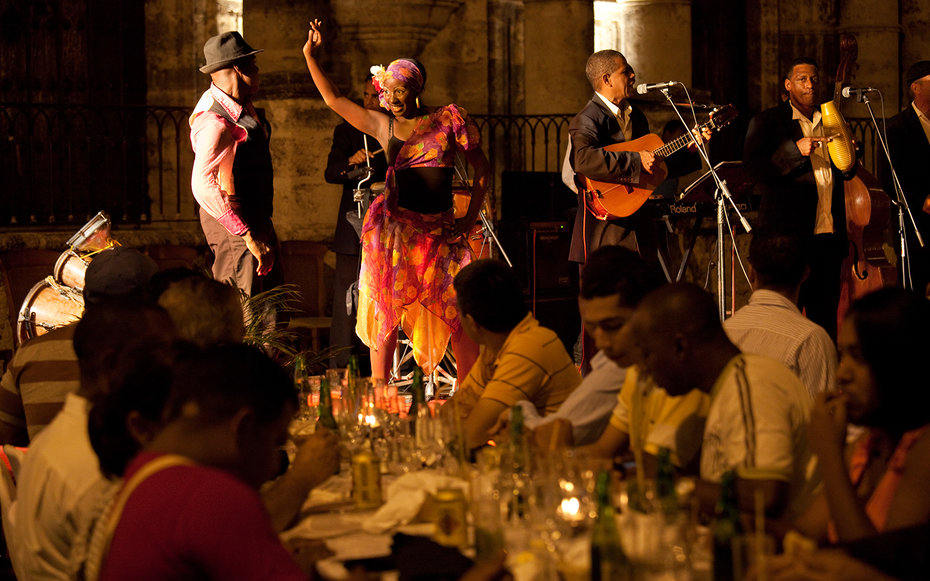
Easing regulations on private businesses is allowing bares clandestinos to come out of the shadows. Translation: a muy caliente nightlife scene in the capital of Cuba.
Whether in times of need or times of plenty, Havana has never lacked for rum, music, and parties fueled by both. But that doesn’t necessarily mean the city has always had a vibrant nightlife scene; Cuban bars, like virtually every other Cuban enterprise, have long been under state control. For the past few years, however, the government has been allowing would-be entrepreneurs to open private businesses, and Havana is now seeing an explosion of homegrown bars—dynamic venues that break out of the bureaucratic uniformity. “Cuba has such a long cocktail tradition,” says Havana-based tour guide Jesus Noguera. “There have always been bares clandestinos—essentially speakeasies—and now private bars are opening up all over because they are finally legal.” Many feel like classed-up house parties, since they’re run out of people’s homes.
Havana is best seen from a vintage car, so hail a 1950s convertible and cruise the waterfront Malecón to the Miramar neighborhood, where you can walk through the high-ceilinged parlors of the converted mansion Espacios. In the back is a leafy outdoor bar with a louche, garden-party vibe. In nearby Vedado, where the best bars are located, Bar Bohemio (1065 Calle 21; 53-7-833-6918) isn’t a bohemian den, but rather a restored villa that’s been transformed into an airy, colonial-era lounge with a swank backyard. Order the house cocktail, a frozen blend of vodka and basil.
Gay nightlife, too, has become more visible: friendly, basement-level Humboldt 52 (52 Humboldt; 53-5-295-4893) has young, attractive barmen and the occasional drag show, while the wild dance floor at KingBar showcases DJs spinning Latin and American hits.
Elsewhere in Vedado, El Cocinero (Calle 26 between Calles 11 and 13; 53-7-832- 2355) is secreted up three flights of stairs in what was once a cooking-oil factory. It’s now a sophisticated roof bar with sharp, professional service (not a given in Cuba) and some of the city’s best daiquiris. Sip a round before braving the crowd at Fábrica de Arte Cubano (open Thursdays through Sundays), a warren of stages, galleries, and bars—don’t be surprised if you wander into a modern-jazz set, some performance art, and a spacious outdoor terrace, all without setting down your refreshingly dry mojito.
Farther east, the hipster crowd congregates at Siá Kará Café, where Havana’s eclectic aesthetic finds expression in the irreverent art juxtaposed with quirky vintage details. Even La Guarida, the city’s most-publicized paladar, or in-home restaurant, has recently opened a new rooftop bar. It serves refined cocktails crafted by internationally recognized British and American mixologists.
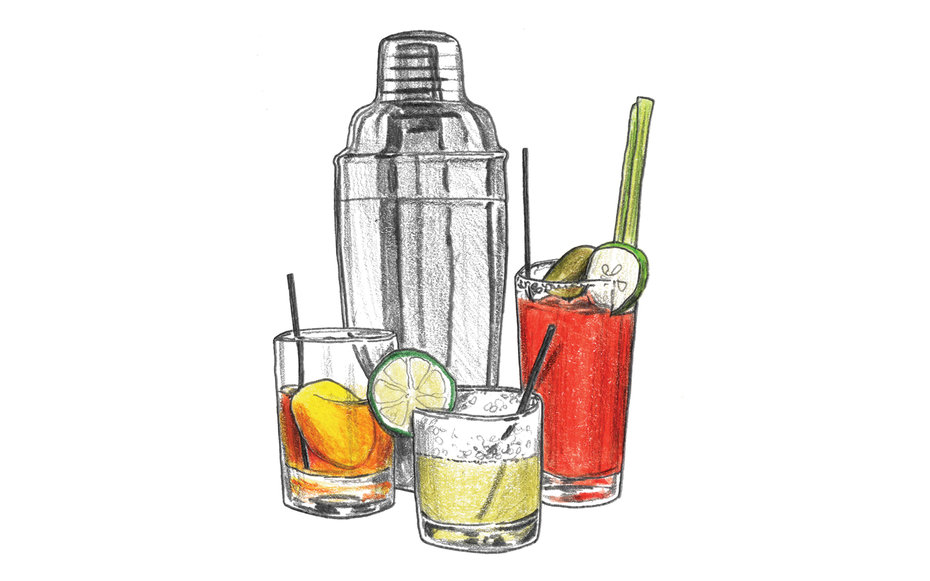
From California to Cuzco, Peru, ingenious bartenders are altering the flavor profiles of classic cocktails, infusing spirits with unusual ingredients, creating some deliciously avant-garde results. At L.A.’s speak-easy-style Walker Inn, you might find beet-steeped vermouth or a strawberry-infused cognac-and-mezcal blend, both made in a centrifuge. At the new Broken Shaker in Chicago, indulge your inner tween with the Cocoa Puff Old-Fashioned, which uses bourbon infused with the chocolaty cereal as its base. Portland keeps it weird at Kachka, where the menu includes whiskey flavored with caraway in the Jewish Rye. The trend isn’t limited to the States: In Cuzco, the pisco sour served at the Qespi Bar is made with your choice of pisco steeped with purple corn or coca leaves.
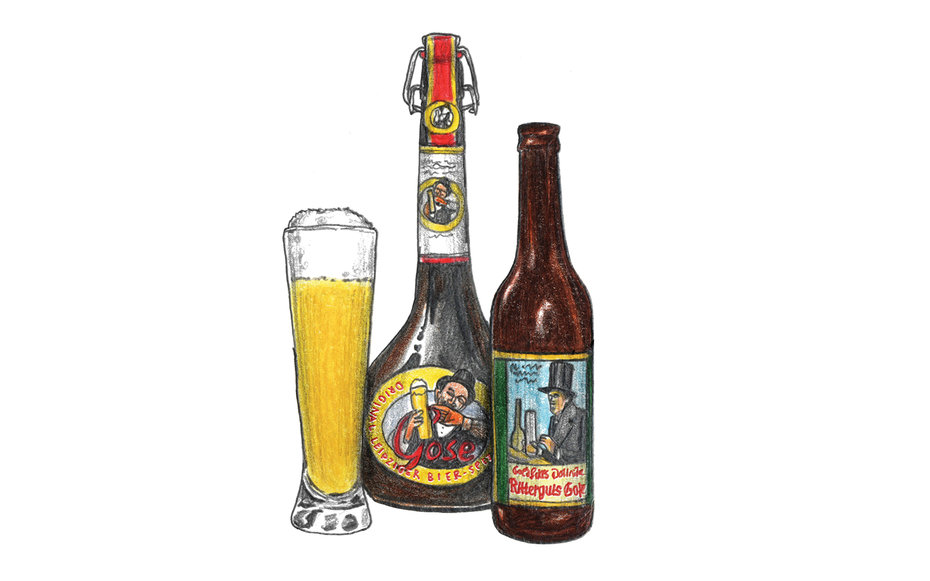
A subcategory of what is known as sour beer—a centuries-old style that also includes Berliner Weisses and Lambics—artisanal Gose is marked by a well-balanced mix of salt, coriander, and wheat, and is actually neither tart nor very sour. “It’s a little more complex and well-balanced than your typical sour beer,” says Jimmy Carbone, beer aficionado and proprietor of Jimmy’s No. 43 in New York's East Village. Gose was born in Leipzig, Germany, and had all but disappeared until a few producers brought it back in the 1990s. Craft-beer bars like the Porter Beer Bar in Atlanta, Brü in Philadelphia, and ChurchKey in Washington, D.C., typically have some bottles stocked. For an authentic taste, look for German imports such as Ritterguts’s Gose and Bayerischer Banhof’s Leipziger.
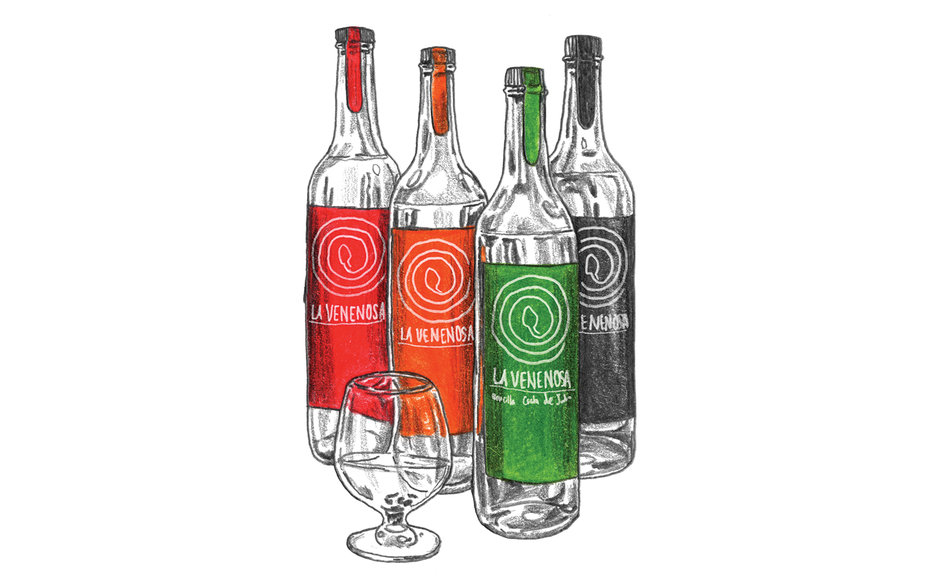
First, high-end tequila captivated the cocktail world; next came smoky, earthy mezcal. The agave drink of the moment? Raicilla, a spirit that, like tequila, is made in the Mexican state of Jalisco. Unlike tequila, however, raicilla can be distilled from many species of agave, and every expression is unique, with flavors that range from vibrantly acidic to Gorgonzola-like funky. The first brand to cross the border is La Venenosa, imported in four styles; each is made from a different species of agave. Order some from Astor Wines & Spirits.
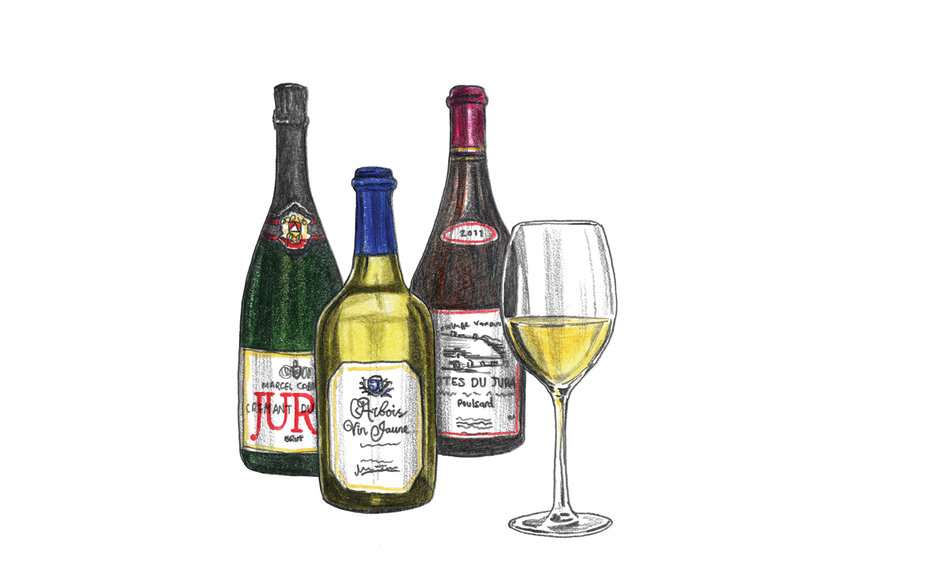
For consumers ever more interested in small-batch products, Jura wines are something of a revelation. The French region near the Swiss border produces wines made from grape varieties and styles that are not often used elsewhere, such as the intentionally oxidized vin jaune, whose flavors can range from nutty to curry-like. The less daring can still appreciate the Jura’s pale red wines—earthy and herbaceous, made from Poulsard and Trousseau grapes. Order online or ask the sommelier anywhere with a sizable French wine list, such as McCrady’s, in Charleston, S.C., to school you on the bottles.